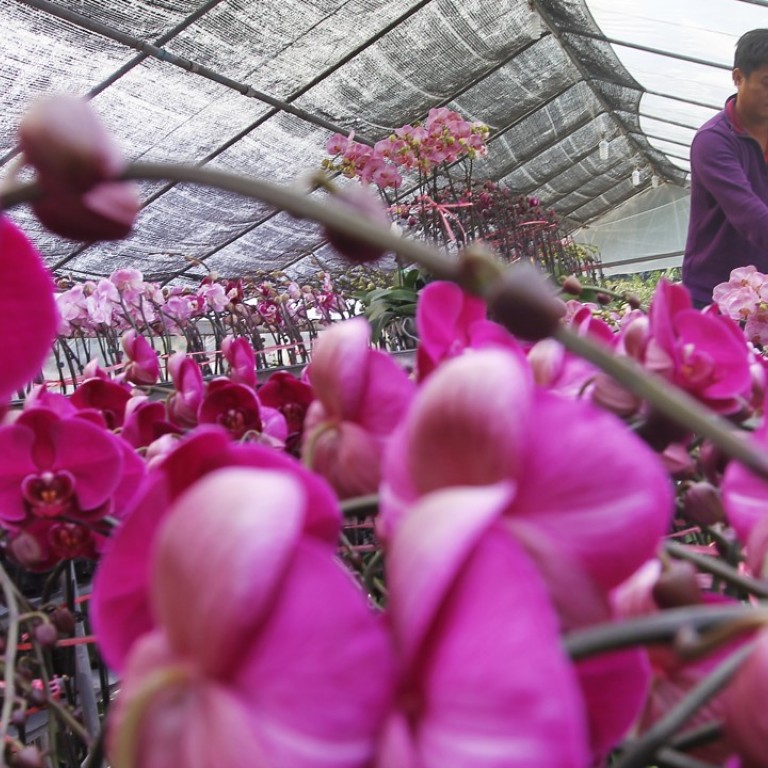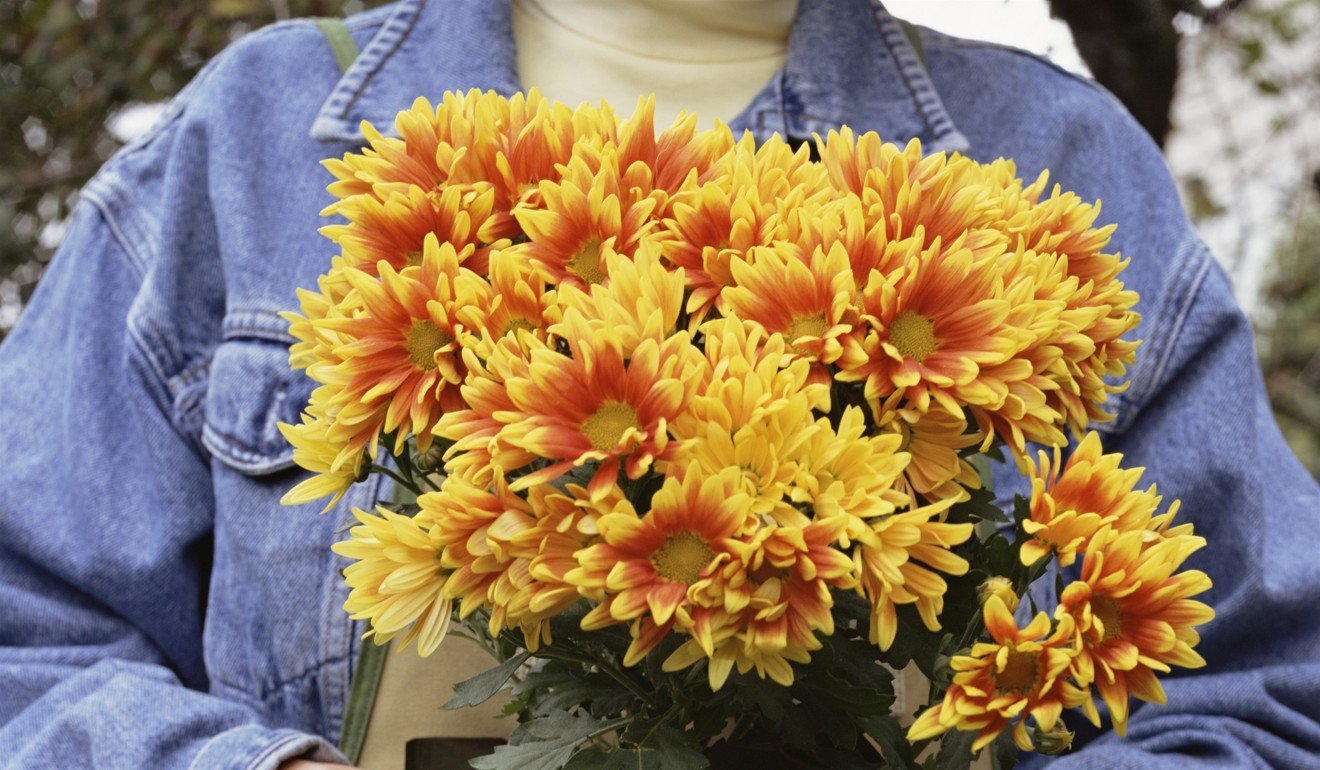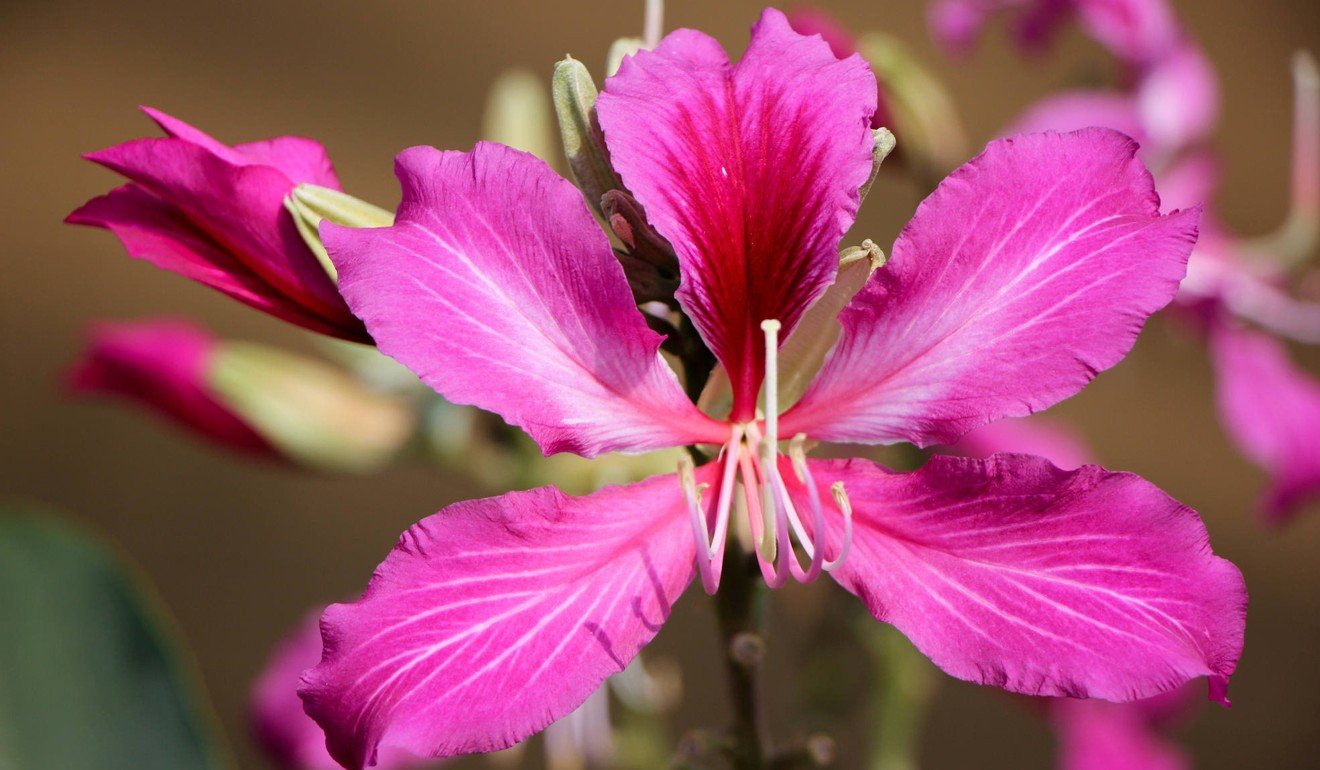
Why flowers in Hong Kong possess cultural and medicinal power
From orchids to the city’s bauhinia, blooms are significant for Chinese people
Flowers are of an undeniable significance in the Chinese psyche. From the streetside Mong Kok flower market to the luxurious shops on the hills of Central, from lanfa (orchid) bulbs sold in little plastic packets on the street to fancy restaurant or hotel arrangements, this city bursts at the seams with flowers. We put flowers in our food and drink flower teas; we celebrate marriages, graduations, births and holidays by giving and receiving perfectly assembled bundles of flowers; they are a symbol of class, prosperity, affection and thousands of years of heritage and tradition.
Hong Kong flower seller opens his farm to the public as lilies finally bloom in warmer weather

Peonies have long been tied deeply to royalty and honour in East Asian societies. The peony was declared China’s national flower in the Qing dynasty, and while they have since been demoted, they are still often considered China’s unofficial floral emblem. They symbolise peace, wealth, prosperity and good fortune. Peonies are one of the longest used flowers in Chinese culture, celebrated in imperial gardens and cultivated for their medicinal value. Traditionally, the flower represents spring, the rejuvenation of life, and is often used as a metaphor for feminine beauty and reproduction.
China’s budding florists are heading to London to earn their floral wings
Peonies have been used and cultivated in China since ancient times. Confucius was even quoted as having said that he ate nothing without dousing it in the sauce of the peony: “I enjoy it very much, because of its flavour.” In Chinese tradition, the peony is also known as the “flower of riches and honour” or the “king of the flowers”.

Lotus
In the Northern Song dynasty, scholar Zhou Dunyi wrote in his prose Ai Lian Shuo that the lotus “unsullied from silt where it comes from, retains demure despite being cleaned by water.” This idiom has since become the phrase commonly used to describe the flower. The lotus rises from mud and blossoms, unmarred and beautiful, above the dirty water. This majestic image has come to symbolise perfection and purity of heart and mind, symbolising the holy seat of Buddha.
The lotus is one of the most significant flowers in Chinese culture. In Chinese poetry, art and architecture, the flower also represents longevity and honour. Lotus seeds are edible and as a result, are often used in Chinese medicine.
Chrysanthemum
Chrysanthemums are significant both symbolically and medicinally. For the former, white chrysanthemums represent elegance and nobility – they are one of the few positive white-coloured elements of traditional Chinese culture. In Chinese myths and literature, chrysanthemums symbolise intellectual pursuit, scholarly accomplishments and longevity. Because of its cleansing qualities, the flower is believed to bring good luck to households and businesses, and represents a life of ease.

Medicinally, the flowers are exalted for their cooling properties, chrysanthemum tea has the power to relieve internal fever and heat. They are a favoured addition to teas for their qi (life force or energy) strengthening powers. Buddhists use chrysanthemums as altar offerings because they symbolise the powerful Yang energy and are able to balance the Ying qi.
Flowers are for eating too, as Hong Kong restaurants show
Narcissus
Described by Song dynasty Confucian scholar Zhu Xi as “a fairy with yellow hats and green sleeves”, the narcissus has long represented heavenly beauty and the blossoming of our hidden talents. Grown in water with white and yellow petals and green leaves, the narcissus is called the “water goddess” in Chinese. Arranged with bamboo and stones, the flower wishes those its bestowed upon a long and prosperous life. It is particularly treasured around the Lunar New Year for it flowers just in time for the festivities. It is believed to have the power to dispel evil spirits and, as a result, is used in exorcisms.
Orchid
Orchids can often be found in intricate potted arrangements, assembled with care and great attention to detail. Pots of white or purple orchids in fancy vases are often given as gifts during the Lunar New Year to represent class and nobility. While such arrangements can be very expensive, little containers with a handful of flowers can be bought in any flower shop, and often line the flower section of Lunar New Year markets. Orchids represent integrity and friendship and symbolise scholarly pursuit. The Chinese philosopher Confucius likened the orchid to the honourable man, calling the flower one of the “Four Gentlemen” of Chinese art. Thus, in traditional Chinese artwork, orchids are often painted to represent the cultured and scholarly status of those depicted.

Bauhinia

